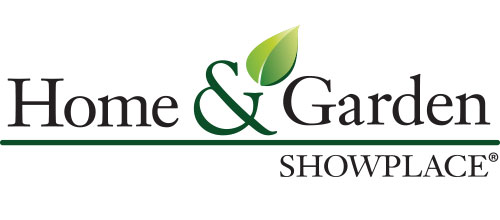
Cinderblock Gardening
Cinderblock gardening is all the rage for a quick, easy combination of container gardens and raised bed gardening. But what do you need to know about this technique and is it right for your garden needs and style?
About Cinderblock Gardening
Simply put, cinderblock gardening is using concrete blocks – also called cinderblocks – to fashion a gardening space. The blocks may enclose a larger bed or may themselves become tiny garden beds when flowers, herbs, vegetables or other plants are inserted directly into the cells or compartments of individual blocks. There is a wide range of garden designs that can be fashioned from cinderblocks, from basic rectangular beds to more elaborate and aesthetically pleasing variations, such as…
- Corner tiered arrangements with pyramidal shapes
- Borders of flowerbeds where block cells provide even more planting space
- Walls with some block cells turned out for vertical planting space
- Easy terraced looks including along stairways or retaining walls
In addition to simple gardening spaces, it's easy to add even more elements to a cinderblock garden, including fire pits, benches, tables and openwork fences – all constructed from cinderblocks! The blocks are available with both smooth and textured surfaces for more variation, and they can be painted for greater customization. More enterprising gardeners may even turn simple concrete blocks into beautiful mosaics by attaching tiles, glass shards, shells, glass pebbles, river rocks or other items to the surface.
No matter how the cinderblocks are used, the gardening principles are the same. Position the bed in a sunny area, fill the space – either in individual block cells or the larger space the blocks define – with soil and get planting!
Problems Using Cinderblocks
While cinderblock gardening is easy and affordable, it isn't necessarily right for everyone. Before designing your entire garden around blocks, consider…
- Root Growth: If you hope to plant directly in the cells of each block, you will not be able to choose plants with vigorous root growth, and most root crops – potatoes, carrots, turnips, etc. – will be impossible either grow or harvest effectively in cinderblock cells. This is not a problem, however, if you are using blocks to define a larger gardening space.
- Weight: Cinderblocks are heavy, and can be difficult to move if you decide to rearrange your gardening space. While repositioning them is not impossible, you need to be sure the design is stable so no blocks can tumble over and crush plants or cause injuries. If you use mortar to stabilize the blocks, the structure will become permanent.
- Toxicity: Old vintage or antique cinderblocks may have been manufactured with quantities of coal ash, which could have potentially toxic affects as chemicals leach into the soil. If you are using older blocks, it is best to avoid planting any edibles or herbs in the blocks, and instead use them solely for ornamentals such as grasses, succulents, moss or flowers. Newer blocks are manufactured differently, however, and are generally safe for use in food gardens.
Cinderblock gardening can be a lovely option for your yard, and offers many diverse options for different designs and unique features. Check out the different shapes, sizes and styles of concrete blocks available, and enjoy experimenting to find the best option to suit your gardening flair.

